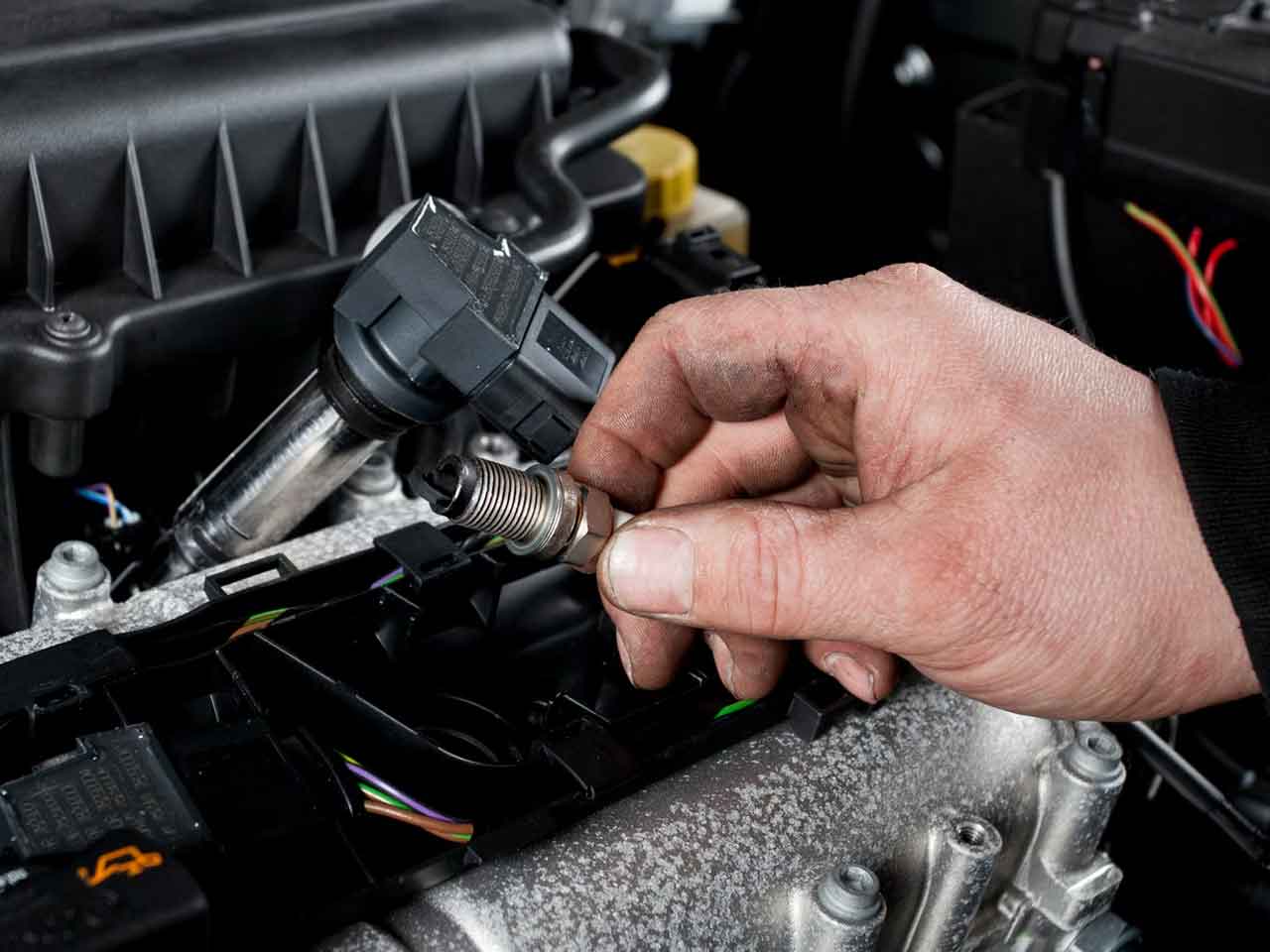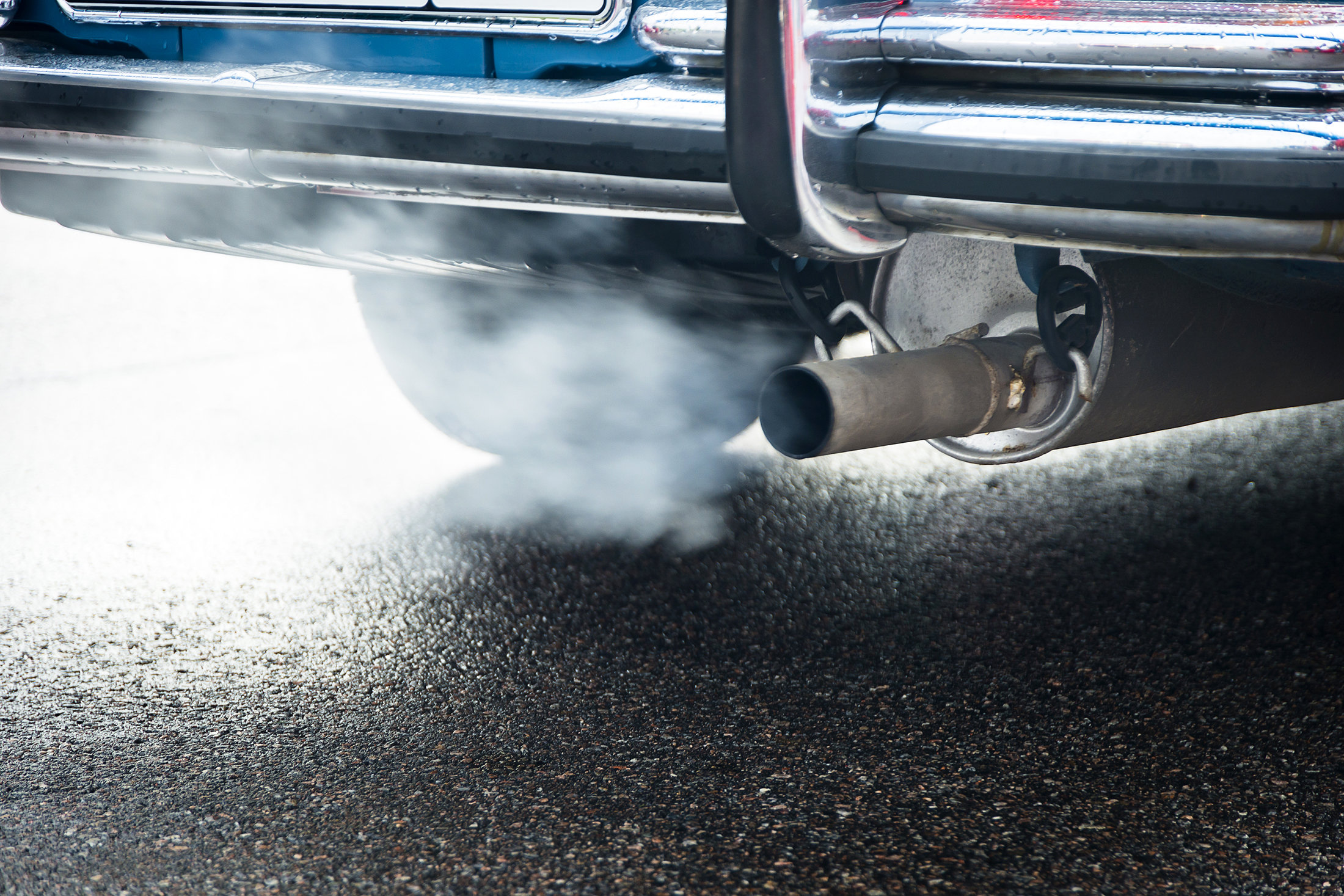Abnormal Exhaust Emissions
Performance: Excessive black, blue or white exhaust emissions, exceeding emission standards.
Causes: Incomplete fuel combustion, carbon deposits inside the engine, exhaust gas recirculation system failure, etc.
Example: The owner found that the vehicle emitted black smoke when accelerating. After inspection, it was found that the fuel injector or air flow meter was faulty, resulting in incomplete fuel combustion.
Accessories that need to be replaced:
Oxygen sensor: Oxygen sensor failure will cause incorrect fuel mixture ratio, causing emission problems, and need to be replaced.
EGR valve (exhaust gas recirculation valve): EGR valve blockage or damage will cause unqualified emissions and need to be replaced.
Fuel injector: Fuel injector blockage or damage will cause the mixture to be too rich, emitting black smoke, and need to be replaced.







